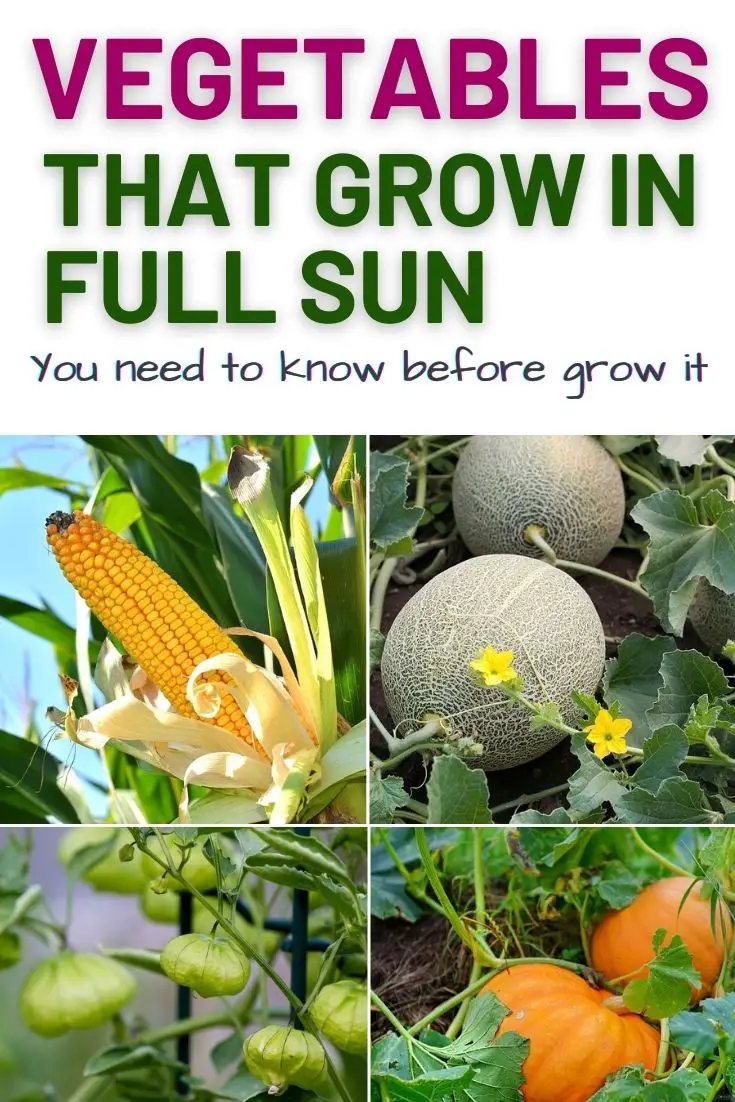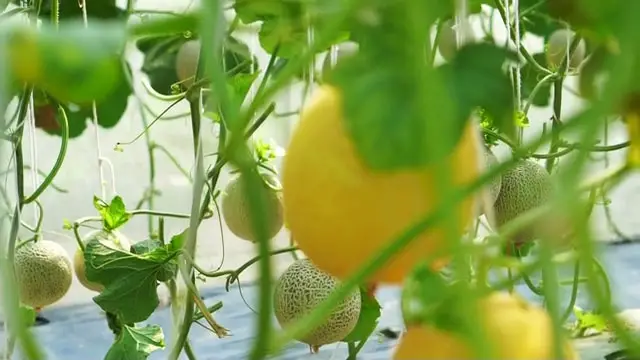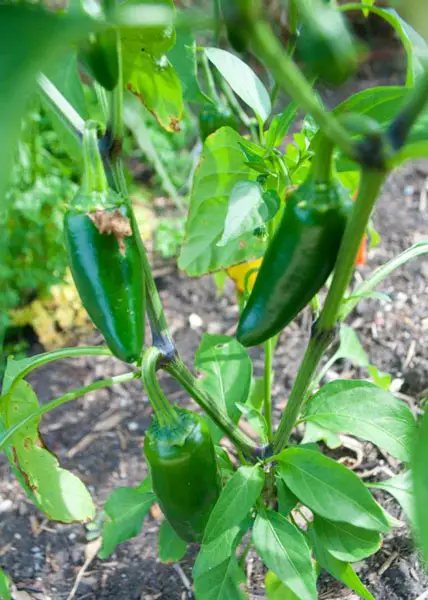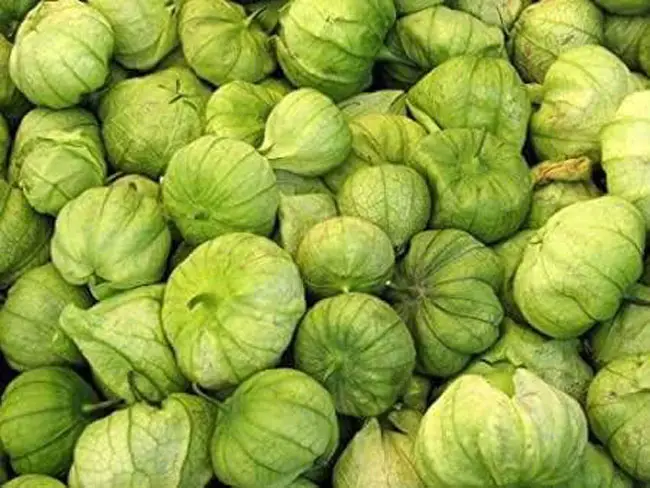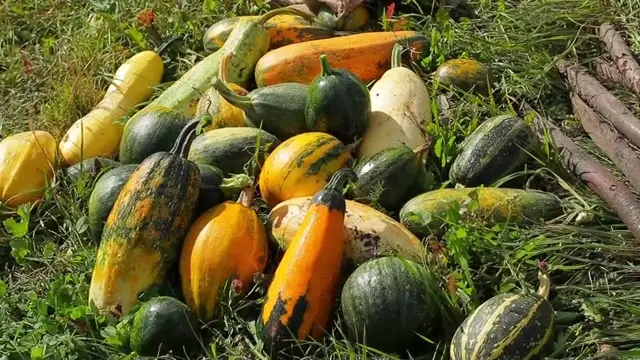A garden that receives full sun can be deliciously productive all summer long. The fruit and vegetable plants that bear the highest quantity of produce prefer to access the full, hot sun. Full sun is defined as at least six hours of sun per day, not filtered through trees, fences, or other obstacles.
If your garden is in a subtropical climate, having a fair amount of afternoon shade is a plus. Even sun-loving plants can burn in overbearing heat and sun. However, in more northern latitudes, more sun is better. Read on for a list of 13 vegetable plant varieties that grow well in the sun.
Corn
Most people love a delicious meal featuring corn. Corn is a perennial favorite in a bowl with fresh herbs on the cob or sweetening a savory chili. If you like a rich corn flavor, choose a standard or heirloom variety. If you prefer a sweeter, crunchier corn flavor, there are a myriad of sweet corn hybrids.
Corn is susceptible to frost, so keep an eye on the weather as those little shoots pop up. Cover when needed to protect them.
- Corn pollinates best in blocks, not rows.
- Plant corn in a square or cluster for the highest production.
- Corn plants are very thirsty, so keep that in mind if you are planting in an area that needs irrigation.
Pumpkins
If you have a large plot of land, there are so many delicious pumpkin varieties that you can choose from and grow. They come in all different colors from brown, orange and yellow, to green and even blue.
If you plant pumpkins, be sure to pick a couple of varieties that you have not tried before. Sugar Pie is the classic pumpkin pie squash. Some varieties taste amazing, roasted, and put in soups. There are even varieties to grow if you prefer to roast your own pumpkin seed snacks.
Susceptible to frost, pumpkins can be started indoors in biodegradable pots, then transplanted outside when all danger of frost has passed. They need about an inch of water every week to grow large, juicy fruits, so keep those water needs in mind.
Melons
Melons are loved all over the world for their juicy sweetness. They make the late summer heat a time to enjoy. The melon family is huge. There are many different types of watermelons alone. Below are just a few of the other types of melons that thrive in full sun.
- Cantaloupes
- Musk melons
- Honeydew
- Canary melons
- Snow Leopard melons
Melons need a lot of water, plenty of sunshine, and a lot of heat. Because of this, melons can be difficult to grow in the northern latitudes. Often, the season is not hot for long enough to let the fruit reach maturity.
The leafier the plants, the sweeter the fruit will be. Plan to fertilize the soil before you put the seeds in. Keep in mind that watermelon vines are large and sprawling. Plan accordingly.
Strawberries
There are many cultivars of strawberries. Some produce one prolific crop at a single time of the summer, and others produce two large crops with berries popping out here and there in-between. With some planning, your strawberry bed can bear fruits all summer long.
Early season varieties, such as Anitabis, will begin bearing fruit in late spring. Late season varieties such as Amelia will bear their crop early to midsummer, depending on your latitude. Everbearing varieties produce two main crops, one earlier, one later, with some berries coming in-between.
Establishing a varietal strawberry bed is well worth the effort. Strawberries send out prolific runners, and with minimal maintenance, the bed will continue to produce for years to come. Strawberries also love to grow in containers in full sun. This is a great solution for areas where spreading is undesirable.
If one side of your home is in full sun, you may consider having a small full-sun kitchen garden of strawberries in containers for enjoyment on summer mornings. These little beauties can also be planted in window boxes, making for lovely and fascinating viewing all season long.
Tomatoes
A favorite of both gardeners and snackers worldwide, tomatoes are easy and bountiful to grow. From huge Beefsteak slicing tomatoes to Sungold cherry tomatoes which are best eaten straight off the vine, tomatoes are delicious. Full of healthy vitamins and minerals, these easy-to-grow plants are well worth the effort.
Tomatoes produce prolifically, given full sun and enough water. Tomatoes need to have a steady supply of water, or the skins will split. So, a timed irrigation system is best. Keep an eye out for Tomato Cutworms. These caterpillars will cut the plant off at the base.
Tomatoes are also happy to grow in containers, provided the sun is right, and they are not allowed to dry out. Choose a pot that is large enough for its huge root system. Usually, tomato plants are placed inside tomato cages to prop them up as they produce heavy fruits. Fruits that are allowed to lay on the ground will rot if not picked quickly.
Jalapeno Peppers
What would pair better with a tomato than a jalapeno? Grow both, and make your own fresh salsa. How about creamy, cheesy jalapeno poppers? Jalapenos are medium-hot pepper. They can be roasted, diced, and frozen for use in the off-season.
Jalapeno plants grow best and produce to their fullest when they have access to the following three things:
- Full sun
- Hot temperatures
- Well-drained soil
However, keep an eye out for scalding on the plant and the fruits. Scalding can cause the blossoms to drop in the spring, decreasing production. So provide light shade during the harshest hours of sun if needed.
Fully ripe jalapenos are a bright red color. This is also when they have achieved their greatest heat and fullest flavor. So wait to pick them when they are ripe, if you can resist. Also, jalapenos can cross-pollinate with other peppers, including bell peppers, giving them space to grow.
When handling peppers, be sure to wear protective gloves. Do not ever touch your face or eyes. The spiciest parts of the pepper are the seeds and the white membrane. So, if you want some extra kick, include them in your recipes. If not, discard them.
Tomatillos
While related to the tomato, you may not recognize it the first time you see one. These little green gems are covered in a papery husk that dries and turns brown at harvest time. Essential to green salsa, you may have tasted these little beauties without knowing it.
Due to their easy-going nature and delicious flavor, these drought-loving plants are a must-try.
Because the tomatillo is not self-fertilizing, you have to plant at least two to get fruits. They do best in cages to prop them up and keep the fruit off the ground. However, if you plan to let them grow naturally, they need to have room to spread (at least a few feet around all sides).
The tomatillo does not have high water requirements, but you must occasionally water it during dry spells. Just make sure that it is not sitting in wet soil. It prefers well-drained conditions and will die if left soaking for long periods.
Peas
All varieties of peas are summer favorites. From sweet-off-the-vine early summer Sugar Snap peas to late-summer Black-Eyed peas, these little plants are prolific producers and easy to grow. There are many different varieties of peas, from English and edible pod peas to Southern peas, which are often called beans in northern latitudes.
English peas and edible pod varieties need to be planted in early spring, as soon as the ground thaws enough to be worked. These varieties will begin producing in late spring and early summer. In northern latitudes, where the summer heat arrives later, they will continue producing to mid-summer if given shade during the afternoon heat.
Southern varieties of peas need the warm sun to germinate. They also dislike too much water. This makes them a perfect low-maintenance crop that delivers a heavy late-summer yield in the right conditions.
Cucumbers
There is a cucumber for every taste. Sweet, tart, and juicy, the cucumber is welcome in many dishes and used all over the world. From pickling cucumbers to slicers, choosing exactly which variety to try is challenging. You cannot go wrong by picking a few.
Cucumbers do not need much care after the initial planting. Give them enough water, about an inch a week, and full sun. Watch for slugs and other bugs that will prey on both stems and fruits. Pick the cucumbers when they are big enough to eat. Cucumbers left too long on the plant can become bitter.
Cucumbers can be either a bush variety or a vining variety. Vining cucumbers grow best on trellises or up an accommodating fence. Varieties with larger fruits benefit from being gently tied to the trellis with strips of soft cloth to help support the vine as its fruits.
Bush cucumbers grow in compact plants. Tomato cages can aid these in full fruiting to keep the fruits off the ground and away from pests. A layer of straw underneath both types of plants can help keep the cucumbers off the ground and deter pests.
Summer Squash
The summer squash family has a lot of members. From the ubiquitous zucchini to the yellow crookneck, pattypan, and chayote, squashes are loved around the world for a good reason. They grow on compact bushes, are prolific fruiters, and taste delicious when cooked right.
Summer squashes of all varieties need to be picked when young. Smaller fruits are more tender and juicy inside, with concentrated flavor and thin skin. Fruits left on the vine to become large tend to be spongy, dry, and taste bitter.
This is what causes many people to believe they do not like summer squash. The summer squash is a prolific winner when grown and picked properly, then prepared in a delicious recipe. You will have some for yourself and much to share. These plants are wonderful for community food share programs.
Summer squashes of all varieties need full sun and room to spread. Though they do not vine as melons do, the bushes, especially zucchini, can become quite large and give too much shade to neighboring plants.
- Summer squash needs three to six feet of space to grow.
- Summer squash needs full sun and well-drained soil that is enriched with fertilizer.
- Avoid mold and rot by watering at the base of the plant.
- Avoid getting water on the leaves and blossoms.
- If you want to grow summer squash in a pot or container, choose one large barrel or well-draining bucket per plant.
Sweet Potatoes
Sweet potatoes are often overlooked in the home garden due to misunderstandings about how they grow. Sweet potatoes are easy to grow and have few rivals in beauty as the plants’ vine and flower.
The plants are started from slips, which are little starts that grow on mature sweet potatoes. If you have purchased organic sweet potatoes from the market and had them sprout little root plants, then you have what you need to begin your own sweet potato patch.
To grow sweet potatoes:
- Start the slips in very loose material like sawdust or mulch about six weeks before the last frost.
- Once they are between six and eight inches long, cut them off of the roots.
- Discard the lower inch of the plant as this is the area that might harbor disease from the mother plant.
- Plant the start outside in the warm soil when all danger of frost has passed by burying it up to the leaves.
- Once the start takes hold, it will grow roots and begin to vine and spread.
Sweet Potato Harvesting
The other tricky part of sweet potato gardening is the harvest. Sweet potatoes need to be cured for storage. This process allows the sweet potatoes to be stored for several months and eaten over the winter.
- Choose a dry day before the first frost to use a pitchfork or spade to loosen the soil around the plant’s base gently.
- Work your way toward the plant slowly.
- Try to avoid nicking and poking the tubers as much as possible because these wounds will cause rotting during storage.
Set aside wounded tubers to eat first. Do not wash the sweet potatoes. Let them sit in the dry air for at least three hours before putting them up for storage. Avoid letting them sit in the sun if possible. This encourages sun scalding, which will also shorten storage time.
Once they are well dried, move them to a place to sit and dry further for about two weeks. This area should be warm and dry. Keep an eye on the sweet potatoes for signs of mold.
Rotate and move them around as necessary. Once sweet potatoes are properly dried, they can be stored in a cool, dry place such as a cellar for up to 10 months.
Eggplant
Eggplants are a vegetable that you either love or hate. Due to the wide variety of vitamins and minerals and their unique firm texture, eggplant is gaining popularity as a protein substitute in recipes.
Eggplant loves full sun and heat. While it can tolerate cooler temperatures, it will not grow very fast without proper heat. Eggplant can be sown outside once the temperature is above 70 or started inside. The easiest way to start eggplant is to buy established seedlings.
Eggplants do great in large containers, but the plants and blossoms are so beautiful that some also use them as ornamental plantings. Some varieties have been hybridized for their ornamental beauty. Eggplants do not like to have wet leaves, so use a soaker hose or water carefully at the base of the plant. Consistent watering is best.
Eggplants must be staked up or supported by cages as they set fruit. They will break and fall over if left to fruit without support. Harvest eggplant small so it does not get too spongy. Also, the more you harvest, the more the plant is encouraged to produce fruit. If you are consistently harvesting, you can expect a bountiful harvest from a single plant.
Okra
Okra is gaining popularity as a stomach-soothing and weight-busting ingredient in soups, shakes, and baked goods. Once difficult to find in some areas, okra is becoming easier to buy at the store. Because okra can get tough and bitter when overgrown, you can ensure the best tasting okra by growing your own.
Okra does not have a lot of demands. It can tolerate more poor soil, but it will produce most prolifically in well-drained soil. It needs heat and sun. There are excellent varieties of this plant that grow in areas with hot, dry summers. However, it does grow tall and will shade other plants nearby, so give it space.
Okra pods need to be cut from the plant when they are two to three inches long. This means the plant needs daily maintenance to keep producing and ensure the best pod flavor and texture. Do not tear the pods off, as this damages the plant and inhibits future growth.
Unwashed okra can be refrigerated for several days and stay fresh. For long-term storage, you can freeze it for up to a year.
Sources:
https://bonnieplants.com/gardening/full-sun-garden-plants/
https://morningchores.com/full-sun-vegetables/
https://www.goodhousekeeping.com/home/gardening/a20705742/how-to-grow-corn/
https://www.evergreenseeds.com/types-of-pumpkins/
https://www.gardeningknowhow.com/edible/vegetables/pumpkin/pumpkin-growing.htm
https://modernfarmer.com/2018/07/8-tips-for-growing-the-sweetest-melons/
https://leafyplace.com/types-of-melons/
https://strawberryplants.org/strawberry-varieties/
https://www.almanac.com/plant/jalapeno-peppers
https://www.gardeningchannel.com/how-to-grow-tomatillos/
https://www.gardeningknowhow.com/edible/vegetables/tomatillo/growing-tomatillo-plants.htm
https://garden.org/learn/articles/view/464/
https://www.johnnyseeds.com/vegetables/squash/summer-squash/
https://bonnieplants.com/how-to-grow/growing-squash/
https://www.goodhousekeeping.com/home/gardening/a20706654/how-to-grow-sweet-potatoes/
https://www.almanac.com/plant/eggplants
Did you find this post useful? Would you like to get back to it later? Save THIS PIN below to your garden, vegetables, outdoor garden, and organic boards on Pinterest! Thanks 🙂
